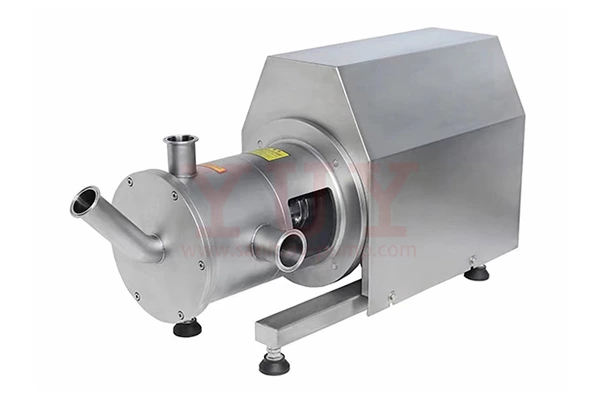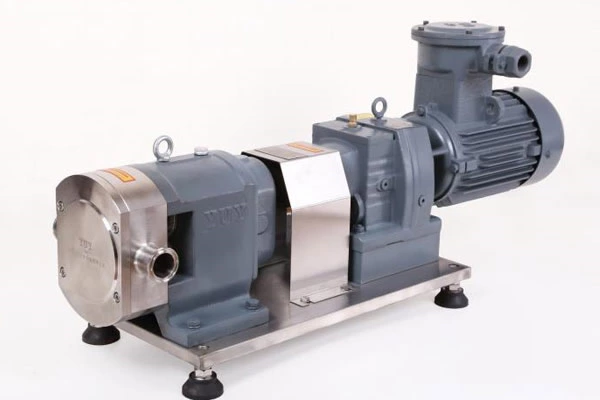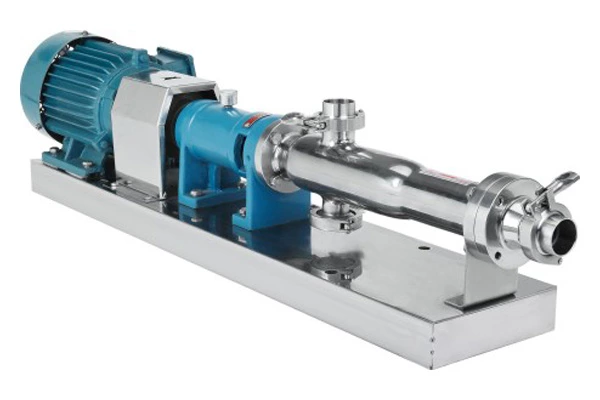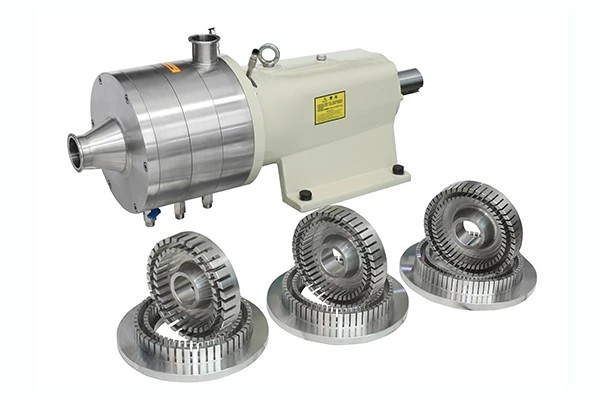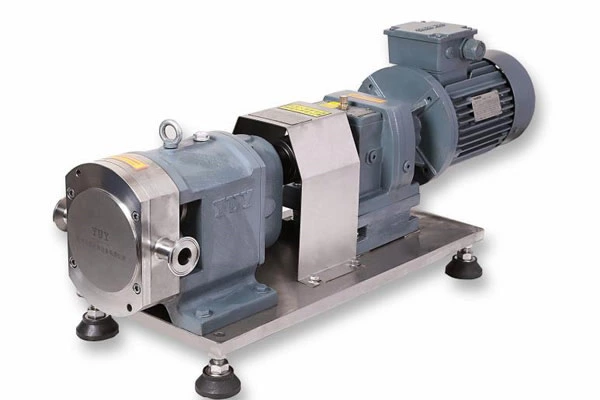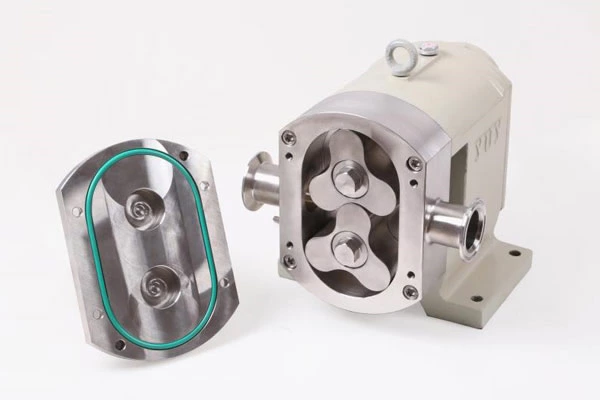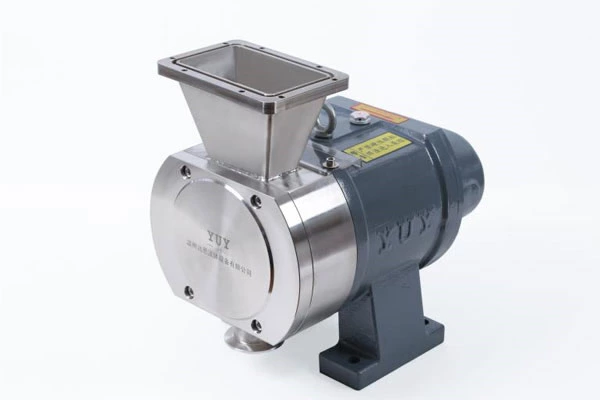Solid-liquid Mixing Pump Ensures Less Leakage Of Medium Transportation
Solid-Liquid Mixing Pump is usually a vertical structure pump product, such as pipeline booster pump or pipeline vertical pipeline centrifugal pump product. Their inlet and outlet are on the same horizontal line and can be directly connected to the conveying pipeline. The motor of the vertical pipeline centrifugal pump is on the top of the pump body. The water inlet and outlet of the solid-liquid mixing pump have the same diameter. There is a square base under the pump body, which can be easily installed on the concrete foundation. Small and light vertical pipeline centrifugal pumps do not need a fixed base and can be directly connected to the inlet and outlet pipes to support the fixed vertical pipeline centrifugal pump. However, in this case, the pipes at both ends of the vertical pipeline centrifugal pump must be supported and fixed.
If the solid-liquid mixing pump is filled with gas in the shell before starting, the gas in the center of the impeller cannot form a large enough vacuum at that place after starting, so the liquid in the tank cannot be sucked up. This phenomenon is called gas binding. To prevent the occurrence of gas binding, the space in the pump shell should be filled with external liquid before starting the vertical pipeline centrifugal pump. This step is called pump priming. In order to prevent the liquid poured into the pump casing from flowing into the low-level tank due to gravity, a check valve (bottom valve) is installed at the entrance of the pump suction pipeline; if the pump is located below the liquid level in the tank, there is no need to fill the pump when starting.
The solid-liquid mixing pump is suitable for boiler hot water boosting and transportation in energy, metallurgy, bathrooms, hotels, etc., and runs smoothly. The pump has high coaxiality and good dynamic and static balance of the impeller, which ensures smooth operation, small vibration, and space saving. The motor and pump are coaxial, which minimizes the floor area and space occupied by the pump, saves construction investment, and the reliable mechanical seal structure ensures that the medium is transported with less leakage. There is no metallic friction in the solid-liquid mixing pump except for the mechanical seal friction pair, and the performance remains stable for a long time.
When the solid-liquid mixing pump is used to transport hot water liquid, in order to prevent the pump from being subjected to thermal deformation of the pipeline, the pump can be unfixed with the base bolts. When the pipeline system expands and contracts with heat, the pump and the pipeline move at the same time. For easy maintenance and safe use, a regulating valve should be installed on the inlet and outlet pipelines of the pump and a pressure gauge should be installed near the inlet and outlet of the pump to ensure operation within the rated range and ensure the normal operation and service life of the pump. Before installing the solid-liquid mixing pump, check whether the unit fasteners are loose and whether there are foreign objects blocking the pump body to avoid damage to the impeller and pump body during operation. During installation, the weight of the pipeline should not be added to the water pump, and each should have its own support body to prevent the pump from deforming and affecting the operating performance and service life.
The solid-liquid mixing pump relies on the action of the rotating impeller on the liquid to transfer the mechanical energy of the prime mover to the liquid. Due to the action of the vertical pipeline centrifugal pump, the velocity energy and pressure energy of the liquid are increased in the process of flowing from the impeller inlet to the outlet. The liquid discharged by the impeller passes through the extrusion chamber, and most of the velocity energy is converted into pressure energy, and then transported out along the discharge pipeline. At this time, a vacuum or low pressure is formed at the impeller inlet due to the discharge of the liquid. The liquid in the suction pool is pressed into the impeller inlet under the action of the liquid surface pressure (atmospheric pressure), so the rotating impeller of the solid-liquid mixing pump continuously inhales and discharges the liquid.
